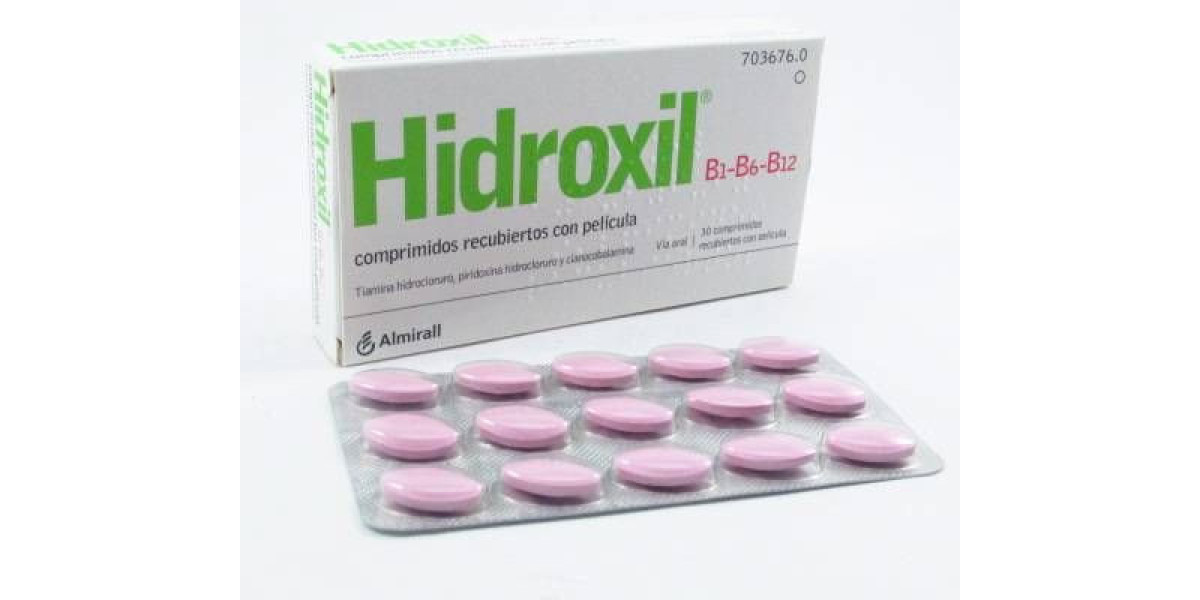Introduction: When Pain Strikes Close to the Surface
Pain, whether from a sudden injury, chronic inflammation, or nerve irritation, can significantly disrupt daily life. While oral medications have traditionally been the go-to solution for widespread pain relief, an increasing number of individuals are turning to a more direct approach: topical analgesics. These specialized formulations are applied directly to the skin over the affected area, delivering active ingredients precisely where they are needed. This targeted delivery offers a compelling alternative or complement to systemic medications, often providing effective relief with a reduced risk of widespread side effects. The versatility and growing sophistication of topical analgesics make them an essential component in modern pain management strategies.
Understanding Topical Analgesics and Their Mechanism
Topical analgesics are medications designed to be absorbed through the skin to alleviate localized pain in muscles, joints, or nerves. Unlike oral pain relievers that circulate throughout the bloodstream and affect the entire body, topical formulations aim to deliver therapeutic concentrations of their active ingredients directly to the underlying tissues, minimizing systemic exposure.
These products utilize various mechanisms of action, largely depending on their active ingredients:
- Counterirritants: Ingredients like menthol, camphor, and methyl salicylate (wintergreen oil) work by creating a sensation (e.g., cooling, warming, or tingling) that distracts the brain from the underlying pain. They stimulate nerve endings in the skin, which can temporarily reduce the perception of deeper pain.
- Non-Steroidal Anti-Inflammatory Drugs (NSAIDs): Topical NSAIDs, such as diclofenac or ibuprofen, are absorbed into the local tissues (muscles, joints) where they inhibit enzymes (cyclo-oxygenase or COX enzymes) responsible for producing prostaglandins, chemicals that cause pain and inflammation. This localized action helps reduce swelling and discomfort directly at the site of injury or arthritis.
- Local Anesthetics: Agents like lidocaine work by temporarily numbing nerve endings in the skin, blocking pain signals from being sent to the brain. This provides rapid and effective relief, particularly for nerve-related pain.
- Capsaicin: Derived from chili peppers, capsaicin initially activates nerve receptors that sense heat and pain. With repeated applications, it can desensitize these nerve endings, leading to a reduction in pain signals over time, often used for chronic neuropathic pain.
These active ingredients are formulated into various delivery forms, including creams, gels, ointments, lotions, sprays, and transdermal patches, each designed to optimize absorption and user convenience.
Diverse Applications for Localized Pain
Topical analgesics are widely used for a spectrum of localized painful conditions, offering a valuable option for both acute and chronic dicomfort
- Musculoskeletal Pain: They are highly effective for minor muscle aches, sprains, strains, and bruises resulting from exercise, daily activities, or minor injuries. Athletes frequently use these products for post-exertion recovery and immediate relief from localized soreness.
- Arthritis: For individuals suffering from osteoarthritis, particularly in accessible joints like the knees, hands, or elbows, topical NSAIDs and capsaicin creams can provide significant relief from joint pain and inflammation without the systemic side effects often associated with oral NSAIDs.
- Neuropathic Pain: Certain topical analgesics, especially lidocaine and capsaicin, are utilized for localized neuropathic pain conditions such as post-herpetic neuralgia (pain after shingles) or some forms of diabetic neuropathy, where they can help calm overactive nerve signals.
- Back and Neck Pain: For localized discomfort in the back or neck area, topical preparations can provide direct relief to the affected muscles and soft tissues.
- Tendinitis and Bursitis: Inflammation of tendons (tendinitis) or bursae (bursitis), often around joints like the elbow (tennis elbow) or shoulder, can benefit from the anti-inflammatory action of topical NSAIDs.
Advantages and Future Directions
The use of topical analgesics offers several compelling advantages. The primary benefit is targeted pain relief directly at the source of discomfort, which means less medication circulating throughout the body. This significantly reduces the risk of systemic side effects often associated with oral pain relievers, such as gastrointestinal upset, kidney issues, or cardiovascular concerns, making them particularly suitable for individuals who may be sensitive to oral medications or those taking multiple prescriptions. They are generally easy to apply, non-addictive, and can be used as a standalone treatment for mild-to-moderate pain or as part of a multimodal pain management regimen.
The future of topical analgesics is marked by continuous innovation focused on improving efficacy, safety, and patient adherence. Trends include:
- Advanced Delivery Systems: Research is leading to more sophisticated formulations like microneedle patches and nanoparticle-based gels, which enhance drug penetration through the skin barrier, allowing for more potent and sustained local action. Smart patches that can release medication based on real-time physiological feedback are also on the horizon.
- Novel Active Ingredients: Exploration of new compounds, including those derived from natural sources or those targeting specific pain pathways, aims to broaden the spectrum of conditions treatable topically and improve therapeutic outcomes.
- Combination Therapies: Developing formulations that combine multiple active ingredients with complementary mechanisms (e.g., an NSAID with a counterirritant) to provide more comprehensive pain relief.
- Personalized Formulations: Tailoring topical analgesics to individual patient needs, potentially based on genetic factors or specific pain characteristics, could optimize treatment efficacy.
- Natural and Botanical Ingredients: A growing consumer preference for natural solutions is driving the incorporation of more herbal extracts and botanical compounds known for their anti-inflammatory or pain-relieving properties.
Conclusion: A Focused Approach to Pain Relief
Topical analgesics represent a crucial and expanding segment of pain management. By offering a direct and localized approach to pain relief, they minimize systemic risks while providing effective symptomatic control for a variety of musculoskeletal and neuropathic conditions. As research continues to unravel new delivery mechanisms and active compounds, the role of these targeted pain solutions is set to become even more prominent, empowering individuals to manage their discomfort with greater precision, safety, and convenience, ultimately contributing to an improved quality of life.
Explore our latest reports
? Stay ahead in the healthcare industry. Browse our latest insights now!
About Market Research Future (MRFR)
Market Research Future (MRFR) is a global market research firm that provides comprehensive insights into market trends, drivers, challenges, and opportunities. We offer a broad range of market intelligence reports and consulting services to help businesses and enterprises in various industries make informed decisions
Media Contact:
Market Research Future (MRFR)
Phone: +1-646-845-9312
Email: contact@marketresearchfuture.com
Website: marketresearchfuture








